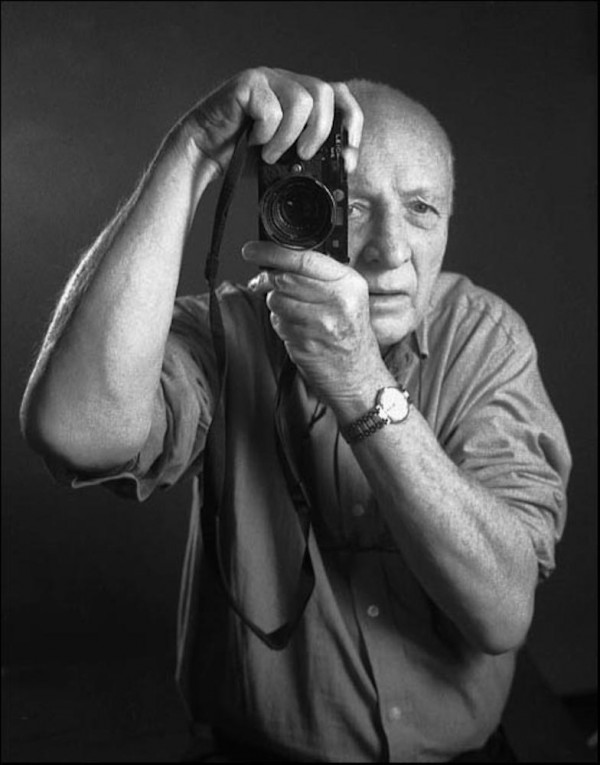Attention!
Attention!
Jürgen Schadeberg
December 18, 2018

Visiting families at the ground of Ireland´s National Circus, Ireland, 1974
Many of his photographs have reached iconic status, such as his famous pictures of a young Miriam Makeba, or of Nelson Mandela gazing through the bars of his former prison cell. Perhaps it is not least due to these widely known works that Schadeberg tends to be primarily associated with black-and-white photography – while the fact that colour has also always played an important role in his life’s work is still something of a discovery. For this reason, a small section of the exhibition in Wetzlar has been specifically dedicated to his colour work. The photographer is currently involved in organising the thousands of colour negatives and colour slides that form part of his archive. We were able to speak to him about this process.
LFI: You are best known for your black and white images. What role does colour photography play in your life’s work?
Jürgen Schadeberg: I first started using colour film in the fifties, developing it myself – and I continued to take colour pictures throughout the following seven decades. Next year I will show an exhibition in Spain featuring 70 colour photographs, representing 70 years of my colour work. In the fifties, newspapers, advertising companies and magazines did not generally accept colour photographs. When colour television was introduced in the sixties, however, newspapers started to lose advertisers. So they created colour magazines such as the Observer Magazine, the Times, the Weekend Telegraph, Zeit Magazine, etc. In the sixties, I went to Spain to study painting in order to better understand colour.
How many colour photographs do you have in your archive at this point?
There are several thousand colour negatives and colour slides. I have also published a number of colour photo books such as Tales from Jozi, Soweto Today and South Africa in the 21st Century. The book Viva Europa Viva also includes many colour images.
What is the processing and preservation status of these images, and what are your plans and wishes for the future of your archive?
Our current space provides optimal conditions for colour negatives, slides and prints. In the future we may be looking for a permanent location. Ideally the archive should be acquired by an educational institution, where it can be preserved, promoted and made available to a wide audience.
The exhibition at the Leica Gallery Wetzlar continues until 17 February 2019.
Jürgen Schadeberg+-
Jürgen Schadeberg was born in Berlin in 1931. From 1946 onwards he studied at the College for Optics and Photography in Berlin, before becoming a photographer with the German Press Agency (dpa) in Hamburg. In 1950 Schadeberg relocated to South Africa, where he joined the staff at Drum Magazine, the most important forum for South Africa’s black majority population. From 1964 onwards he worked in Europe and the US, as well as lecturing at various universities. 1985 marked his return to South Africa, where he was based until 2007. Today Jürgen Schadeberg lives in Spain together with his wife. More

Visiting families at the ground of Ireland´s National Circus, Ireland, 1974
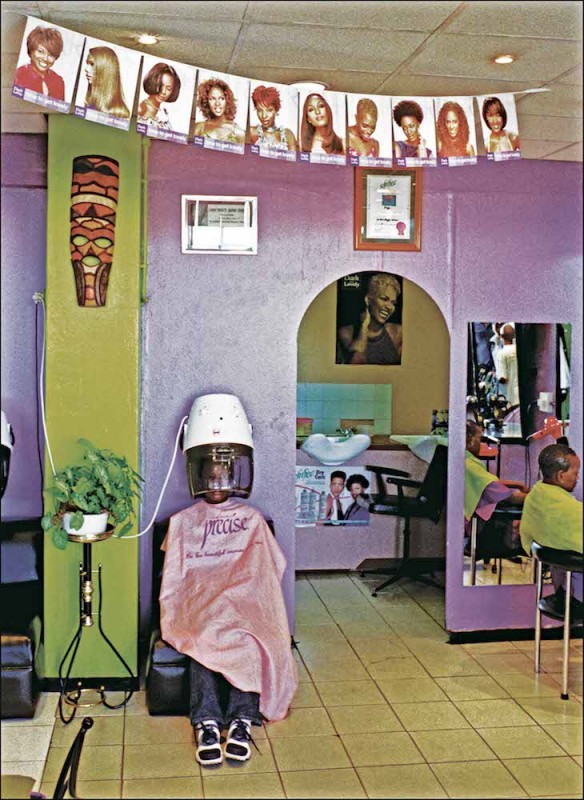
Hair Salon, Soweto, 1998
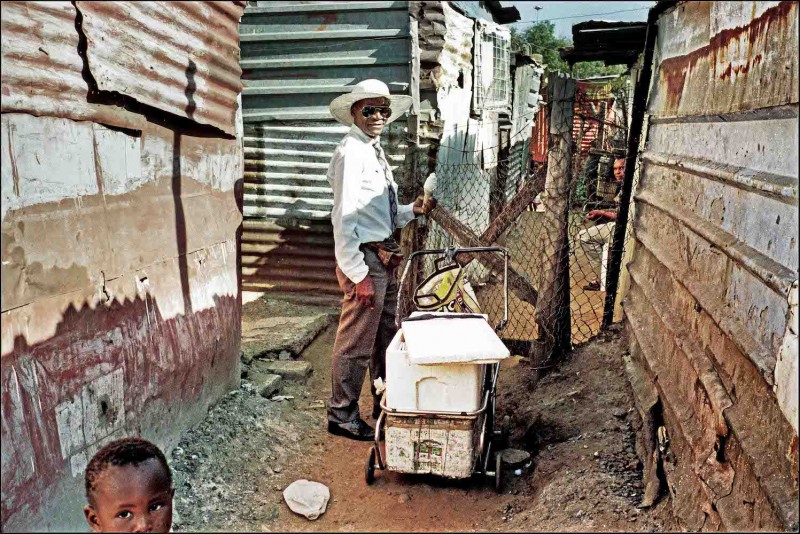
Soweto Icecream for Sale, South Africa, 1999
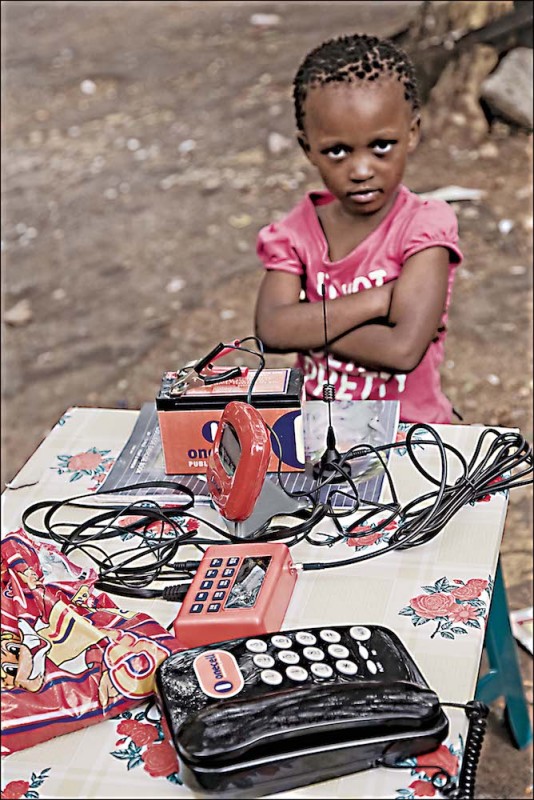
Public Phone, Joburg, 2005

Welcome to Ghana, 1973
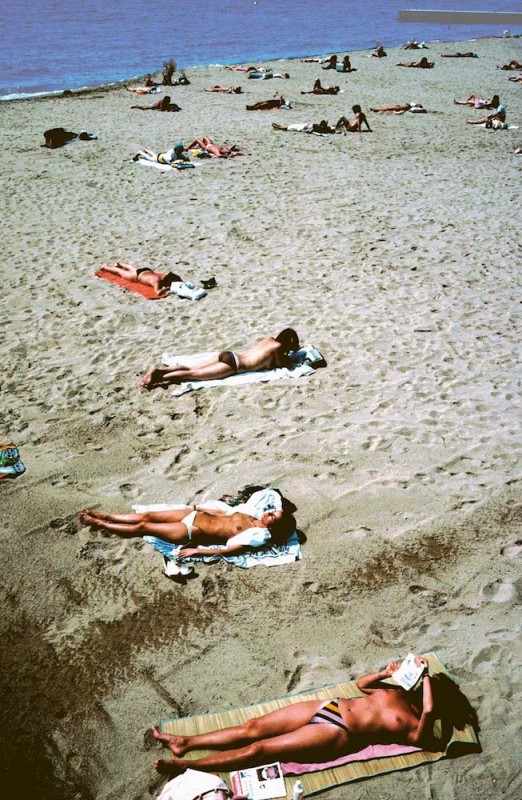
Cannes Beach, France, 1984
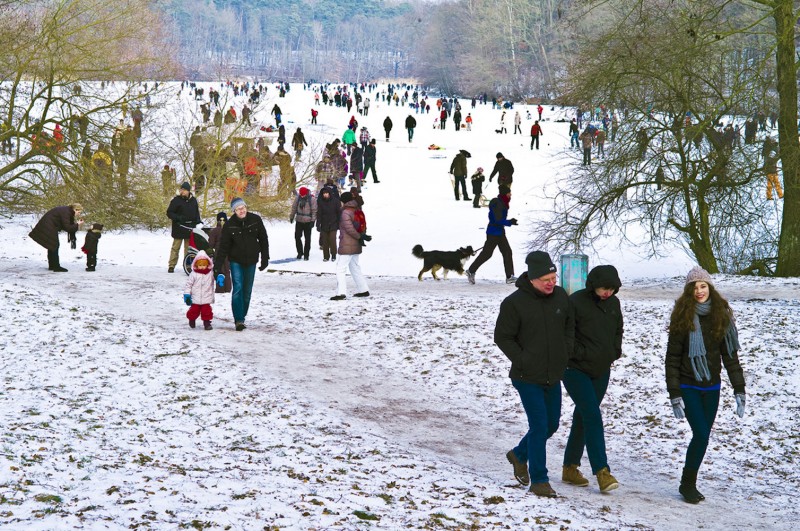
Winter day at the Schlachtensee, Berlin, Germany, 2012
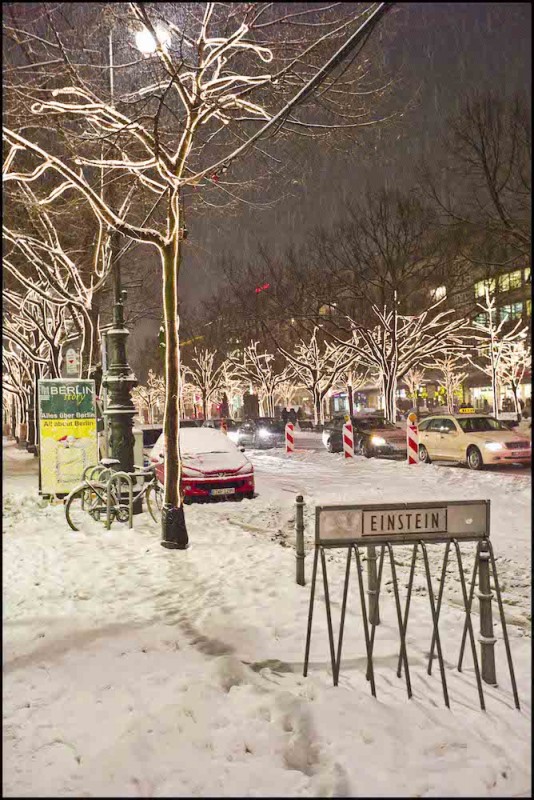
Snow at cafe Einstein, Unter den Linden Berlin 2011
